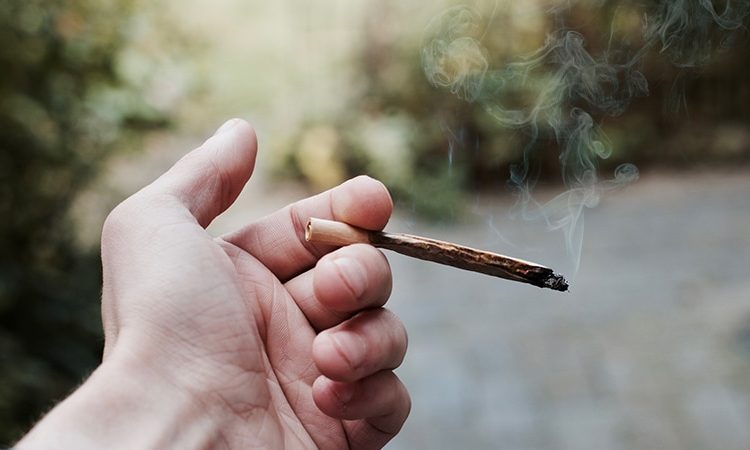Marijuana is the most commonly used illicit substance in the United States, data from the National Survey on Drug Use and Health (NSDUH) show. The survey revealed that in 2022, cannabis increased in every age group — including those older than age 65.
The annual NSDUH tracks drug use and behavioral health in US citizens aged 12 and up. It monitors trends and informs policy .
In 2022, the Substance Abuse and Mental Health Services Administration (SAMHSA), which administers the survey, began more closely tracking vaping of nicotine and marijuana. It also changed how it measures substance use and mental health treatment, data that sheds new light on addiction services.
Seventy million people older than age 12 reported using an illicit drug in the past year. Past-year marijuana use among anyone over age 12 increased from 53.1 million in 2021 to 61.9 million in 2022, a rise of 16.5%.
More than 4 million youth aged 12-20 — about 1 in 9 — reported vaping marijuana in the past year. Because of changes to the NSDUH methodology, it would not be valid to compare to vaping figures in 2021, said SAMHSA.
In addition, the survey revealed that roughly 10 million Americans are misusing stimulants, including cocaine (5.3 million), prescription stimulants (4.3 million) and methamphetamine (2.7 million).
Alcohol the Most-Used Substance
Alcohol remains the most-used substance, with about 137 million people reporting they consumed alcohol in the past month and 45% reporting binge drinking (five or more drinks on the same occasion for men and four for women). Nearly 12% reported that they were past-month “heavy” drinkers.
Of the 5.8 million respondents aged 12-20 who reported alcohol use in the last month, 54% said they were binge drinkers. Ten percent of individuals (9.5 million) reported that they had alcohol use disorder.
For the first time, the survey attempted to track fentanyl misuse, which included both prescription fentanyl and illegally manufactured fentanyl (IMF), which shows up in heroin, fake prescription pills, and other illicit drugs. The survey estimates that 991,000 people misused either the prescription, or illegal form, with the vast majority (686,000) using illegal fentanyl.
However, users are often unaware the drugs they are taking contain fentanyl, which means these estimates “are almost certainly a substantial underestimate of true IMF use,” the report’s authors note.
About 2% of Americans (6.1 million) older than age 12 reported that they had an opioid use disorder.
The survey data also showed that 59.3 million Americans — nearly 1 in 4 adults older than age 18 — reported they had a mental illness in the past year.
Just under 9% of adults aged 18 and older reported having a major depressive episode in the past year, and one in 12 adults reported they had a co-occurring mental health condition and a substance use disorder. One in 5 adolescents aged 12-17 reported they had a major depressive disorder with a co-occurring substance use disorder.
Need to Close the Treatment Gap
Thirteen million US adults and 3.4 million adolescents had serious thoughts of suicide and 1.6 million adults and 953,000 adolescents reported attempting suicide in the past year.
While 30 million adults reported they had a substance use problem, 71% reported they were in recovery or had recovered.
The survey showed that 22% of adults and 30% of adolescents received some type of mental health treatment in the past year. Numbers were higher for adults and adolescents who had a major depressive episode, with 62% and 57%, respectively, receiving treatment in the past year.
The survey also showed that 28% of adolescents with past-year co-occurring disorders received no mental health treatment and only 21% received treatment for both disorders.
More than one third (40%) of adults with co-occurring disorders received no treatment; only 17% were treated for both.
Rahul Gupta, MD, MPH, White House Drug Policy director, said in a press briefing with reporters that 3 of 4 Americans with a substance use disorder are “not getting the treatment that they need.”
“We need to close this gap,” said Gupta. “We need to make sure that everyone who needs treatment can get it.”
Alicia Ault is a Saint Petersburg, Florida-based freelance journalist whose work has appeared in publications including JAMA and Smithsonian.com. You can find her on Twitter @aliciaault.
Source: Read Full Article
